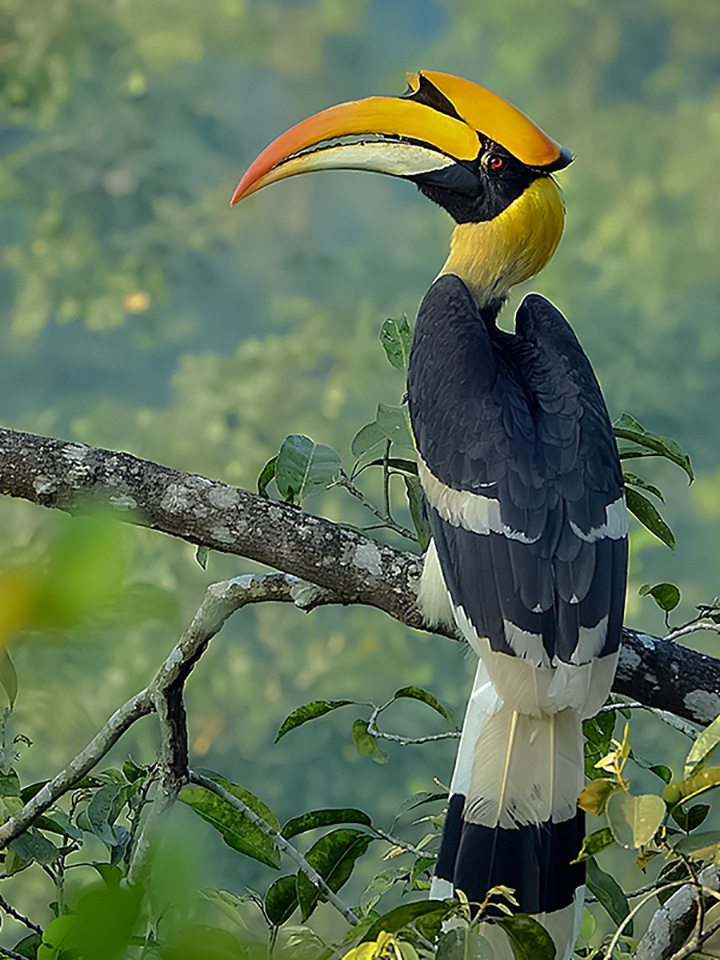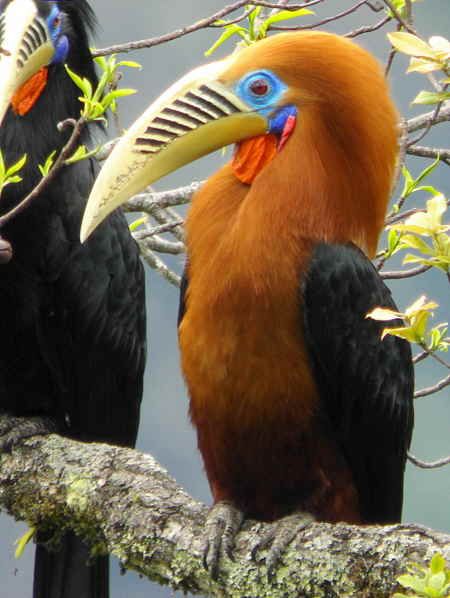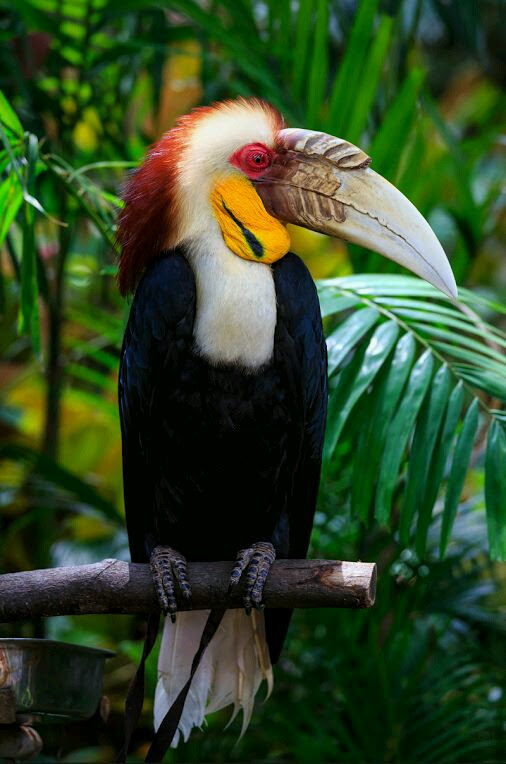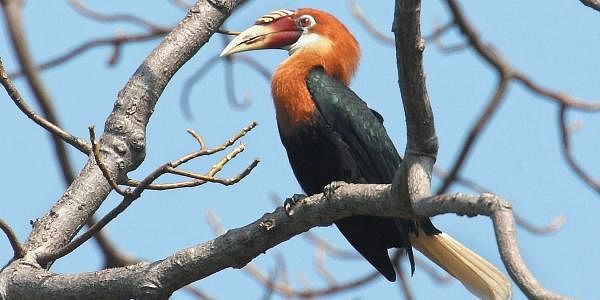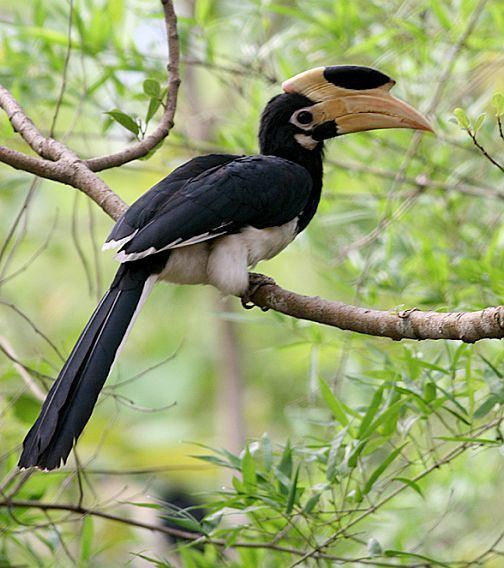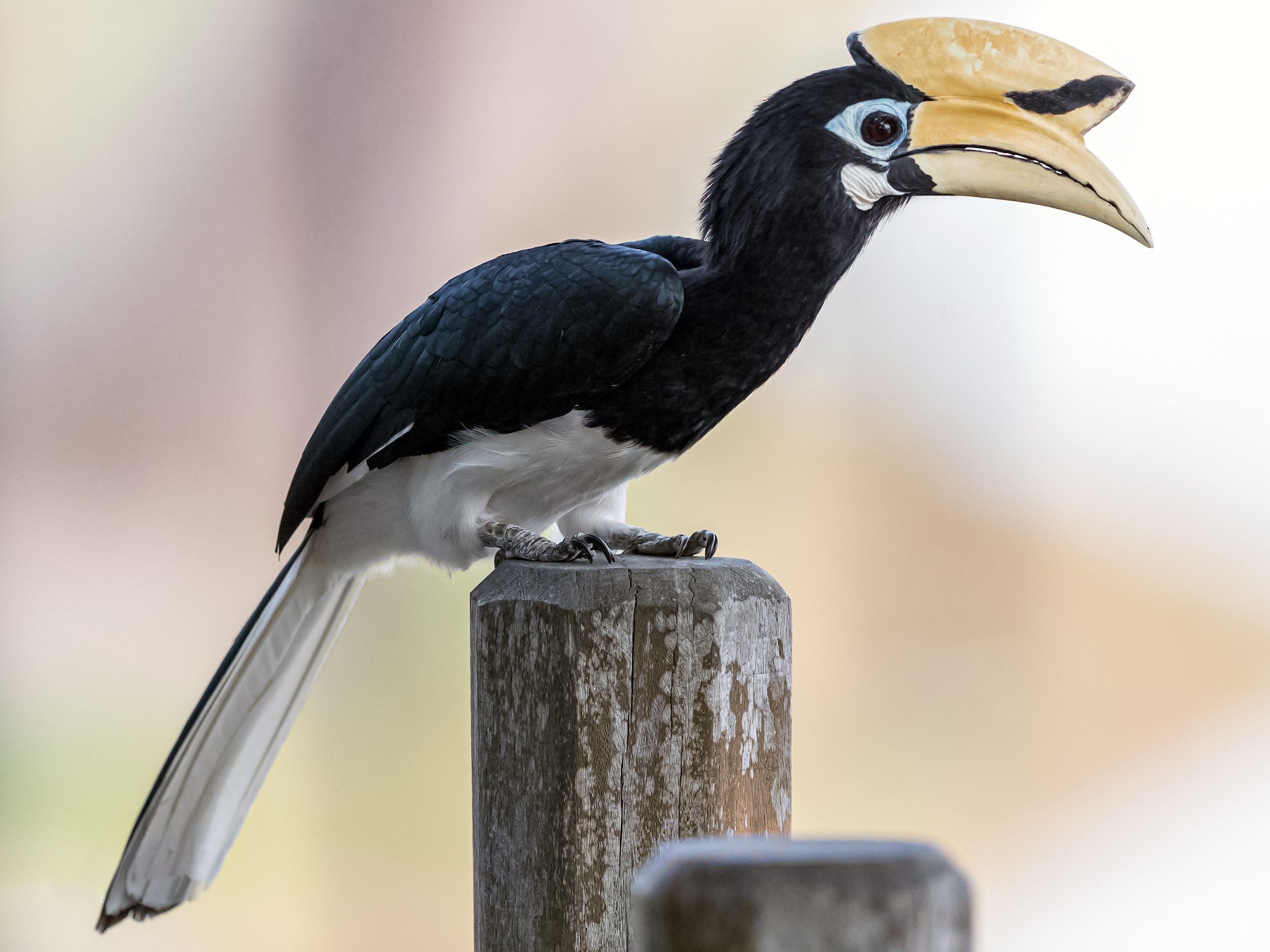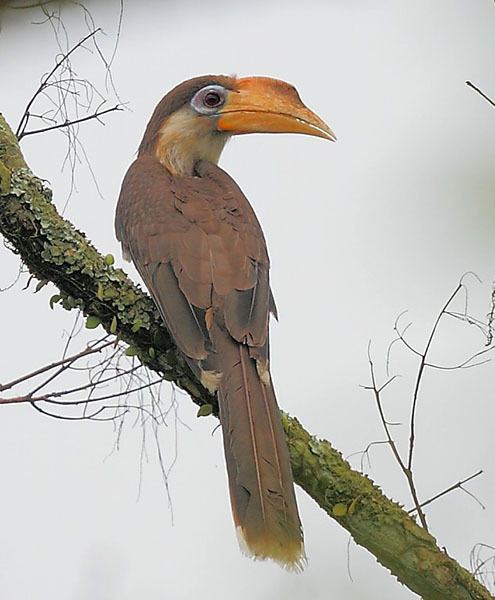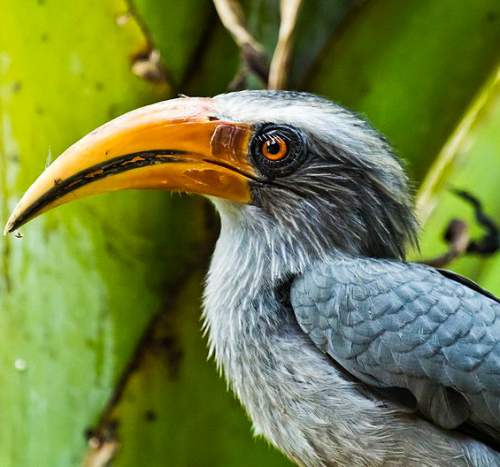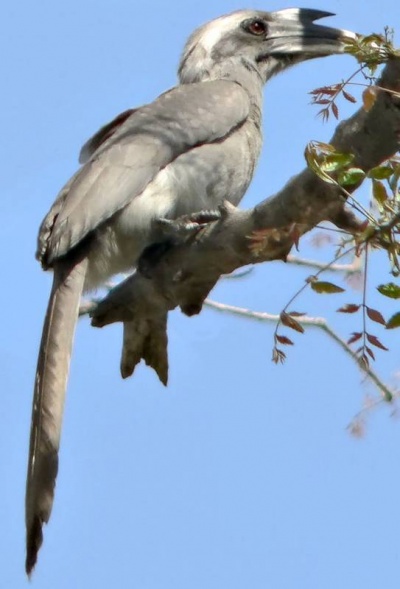Nagaland Statehood Day | 02 Dec 2022
Why in News?
Recently, Nagaland has celebrated its 60th Statehood Day on December 1st 2022.
- Nagaland statehood day also marks the beginning of Hornbill festival in Nagaland.
What are the Key Facts about Nagaland?
- About:
- Nagaland was formally recognised as a separate state on 1st December, 1963, with Kohima being declared as its capital.
- The State of Nagaland Act, 1962, was enacted by the Parliament to give Nagaland statehood.
- Historical Background:
- After India became independent in 1947, the Naga territory initially remained a part of Assam. However, a strong nationalist movement began seeking a political union of the Naga tribes, and extremists demanded outright secession from the Indian union.
- In 1957, the Naga Hills region of Assam and the Tuensang frontier division to the northeast were brought together under a single unit directly administered by the Indian government.
- In 1960 it was resolved that Nagaland should become a constituent state of the Indian union. Nagaland achieved statehood in 1963, and a democratically elected government took office in 1964.
- Geography:
- It is bounded by the Indian states of Arunachal Pradesh to the northeast, Manipur to the south, and Assam to the west and northwest and the country of Myanmar (Burma) to the east. The state capital is Kohima, located in the southern part of Nagaland.
- Nagaland has a Monsoonal (wet-dry) Climate. Annual rainfall averages between 70 and 100 inches and is concentrated in the months of the southwest monsoon (May to September).
- Biodiversity:
- Flora: Forests cover about one-sixth of Nagaland. Below 4,000 feet are tropical and subtropical evergreen forests, containing palms, rattan, and bamboo, as well as valuable timber species. Coniferous forests are found at higher elevations. Areas cleared for jhum (shifting cultivation) have a secondary growth of high grass, reeds, and scrub jungle.
- Fauna: Elephants, tigers, leopards, bears, several kinds of monkeys, sambar deer, buffalo, wild oxen, and the occasional rhinoceros live in the lower hills. Porcupines, pangolins (scaly anteaters), wild dogs, foxes, civet cats, and mongooses also are found in the state.
- Mithun (Gayal) is the state animal of Nagaland and Arunachal Pradesh.
- Blyth's tragopan is the state bird of Nagaland.
- Tribes:
- The Konyaks are the largest tribe, followed by the Aos, Tangkhuls, Semas, and Angamis.
- Other tribes include the Lothas, Sangtams, Phoms, Changs, Khiem Hungama, Yimchunger, Zeliangs, Chakhesangs (Chokri), and Rengmas.
- Economy:
- Agriculture employs about nine-tenths of the population. Rice, corn (maize), small millets, pulses (legumes), oilseeds, fibres, sugarcane, potato, and tobacco are the principal crops.
- Nagaland, however, still has to depend on imports of food from neighbouring states.
- Protected Areas in Nagaland:
- Intanki National Park
- Singphan Wildlife Sanctuary
- Pulie Badze Wildlife Sanctuary
- Fakim Wildlife Sanctuary
- Major Festival:
- The Hornbill Festival is a celebration held every year from 1st to 10th December, in Nagaland.
- This festival is named after the bird – Hornbill which is the most revered and admired bird for the Nagas.
- The significance of the festival lies in the fact that it is not an ancient festival, and it was started in the year 2000 to popularise Nagaland among the tourists.
What are Hornbills?
- About: The hornbills (Family Bucerotidae) are a family of birds found in tropical and subtropical Africa and Asia.
- In India: India is home to nine species of hornbills.
- The northeastern region has the highest diversity of hornbill species within India.
- They are the cultural symbols of some ethnic communities in the northeast, specifically the Nyishi of Arunachal Pradesh.
- Threats:
- Hornbills are hunted for their casques - upper beak - and feathers for adorning headgear. They are also poached for their meat and medicinal value of their body parts.
- A conservation programme promoting the use of fibre-glass beaks for headgear instead of real hornbill casques has helped reduce some threat to it.
- Illegal logging i.e. cutting of tall trees where the hornbill birds nest and feed has led to destruction of its natural habitat.
- Hornbills are hunted for their casques - upper beak - and feathers for adorning headgear. They are also poached for their meat and medicinal value of their body parts.
|
India’s 9 Hornbill Species |
||
|
Rufous-necked Hornbill |
|
|
|
|
|
|
|
UPSC Civil Services Examination, Previous Year Question (PYQ)
Q. In which of the following regions of India are you most likely to come across the ‘Great Indian Hornbill’ in its natural habitat? (2016)
(a) Sand deserts of northwest India
(b) Higher Himalayas of Jammu and Kashmir
(c) Salt marshes of western Gujarat
(d) Western Ghats
Ans: (d)
Exp:
- Great Indian Hornbills are large and wide-ranging birds and most species are dependent on tropical forest habitats that contain large and tall trees.
- India has nine Hornbill species, of which four are found in the Western Ghats – Indian Grey Hornbill (endemic to India), Malabar Grey Hornbill (endemic to the Western Ghats), Malabar Pied Hornbill (endemic to India and Sri Lanka) and endangered Great Indian Hornbill. India also has one species that has one of the smallest ranges of any Hornbill – the Narcondam Hornbill, found only on the island of Narcondam in Andaman Sea.
- Therefore, option D is the correct answer.


